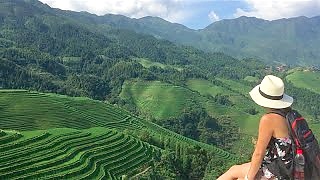With This Is SiChuan ...
[640],shadow=true,start=,stop=Mount Emei Visitor Guide: Natural Beauty & Practical Travel Tips
Mount Emei (Emei Shan), located in Sichuan Province, is one of China's Four Sacred Buddhist Mountains and a UNESCO World Heritage Site. With its mist-shrouded peaks, ancient temples, rich biodiversity, and cultural significance, it is a popular pilgrimage site and a destination for nature lovers and history enthusiasts. This guide will help you explore Mount Emei’s natural beauty while providing practical travel advice for a seamless visit.
Golden Summit (Jinding)
Overview: The Golden Summit is the highest point on Mount Emei, offering spectacular views, including the famous "Sea of Clouds." At an elevation of 3,077 meters, the summit is a spiritual hub for Buddhists, with the massive statue of Samantabhadra Bodhisattva serving as a highlight for visitors.
Key Highlights:
- Golden Buddha Statue: The 48-meter tall statue of Samantabhadra Bodhisattva with ten faces is a stunning work of art, representing the mount's spiritual significance.
- Sea of Clouds: On clear mornings, you can witness the mesmerizing "Sea of Clouds" phenomenon, where the clouds form a dense layer beneath the summit.
- Sunrise & Sunset: Watching the sunrise or sunset from the Golden Summit is a breathtaking experience, as the sky turns vibrant shades of orange and pink.
Baoguo Temple Area
Overview: Baoguo Temple is the starting point for most visitors to Mount Emei. Located at the base of the mountain, this area is home to one of the most important temples and serves as a hub for those preparing to explore the mountain.
Key Highlights:
- Baoguo Temple: Built during the Ming Dynasty, this temple is dedicated to the worship of various Buddhist deities. It is an excellent place to start learning about the religious history of Mount Emei.
- Emei Buddhist Cultural Museum: Located within the temple grounds, this museum provides insight into the history of Buddhism in the region, along with relics and artwork.
Wannian Temple (Ten-Thousand-Year Temple)
Overview: One of the oldest and most significant temples on Mount Emei, Wannian Temple dates back over 1,600 years. The temple is perched on the mountainside and offers great views as well as a peaceful environment for meditation and reflection.
Key Highlights:
- Bronze Statue of Samantabhadra Bodhisattva: The temple houses a famous bronze statue of Samantabhadra riding an elephant, which is a major draw for pilgrims.
- Surrounding Trails: The area around Wannian Temple is filled with scenic trails that offer opportunities to explore the mountain’s flora and fauna.
Qingyin Pavilion
Overview: Qingyin Pavilion is a tranquil spot located halfway up Mount Emei, offering a place for rest and meditation. Surrounded by lush forests, clear streams, and waterfalls, it is an ideal location to experience the natural beauty and serene atmosphere of the mountain.
Key Highlights:
- Scenic Bridges: The twin bridges crossing the crystal-clear waters are perfect for photos, and the sound of the running stream adds to the pavilion’s peaceful ambiance.
- Washing Elephant Pool: Located nearby, this sacred pool is associated with Buddhist mythology and is a quiet spot for reflection.
Monkeys of Mount Emei
Overview: The Tibetan macaques are a famous and sometimes mischievous presence on Mount Emei. These monkeys roam freely across the mountain and are often found near tourist areas. While they can be entertaining to watch, visitors should take care as the monkeys may attempt to snatch food or belongings.
Key Highlights:
- Monkey Eco-Zone: Located along the main hiking trail, this area is where the monkeys are most active. Visitors can observe them up close but should avoid direct interaction.
Practical Travel Information for Mount Emei
When to Visit
The best time to visit Mount Emei is from April to October, when the weather is mild, and the views are clear. Spring (April-May) offers blooming flowers, while autumn (September-October) provides colorful foliage. Winter visits are also possible, especially for those interested in snow-covered landscapes, but be prepared for cold conditions at higher altitudes.
Getting to Mount Emei
By Air: The closest airport is Chengdu Shuangliu International Airport, located about 150 kilometers away. From Chengdu, visitors can take a train or bus to Emeishan City.
By Train: The high-speed train from Chengdu to Emeishan Station takes about 1.5 hours. From the station, visitors can take a local bus or taxi to the Baoguo Temple area, the starting point for exploring Mount Emei.
By Bus: Regular buses run from Chengdu’s Xinnanmen Bus Station to Emeishan City, with a journey time of approximately 2 hours.
Accommodation
Visitors can stay in Emeishan City or in the Baoguo Temple area, which has a variety of accommodations, including hotels, guesthouses, and hostels. For those wishing to stay on the mountain itself, there are guesthouses and monasteries offering simple lodging for a more immersive experience. Booking in advance is recommended during peak seasons.
Cultural Sensitivity
As Mount Emei is a sacred Buddhist site, visitors should show respect when visiting temples and monasteries. Modest clothing is recommended, and it’s important to be mindful of local customs, especially when interacting with monks or pilgrims. Refrain from taking photos in sacred spaces unless permission is explicitly granted.
Food and Dining
Sichuan cuisine is renowned for its bold, spicy flavors. In Emeishan, you can find local dishes such as hotpot, mapo tofu, and various noodle dishes. For a unique experience, try the vegetarian meals offered at the mountain's temples, which are simple yet flavorful and often include locally sourced ingredients.
Suggested Itinerary for Exploring Mount Emei
- Day 1: Arrive in Emeishan City, visit Baoguo Temple, and relax in the hot springs nearby.
- Day 2: Hike or take the cable car to the Golden Summit for sunrise. Explore the summit area before descending to Wannian Temple.
- Day 3: Spend the day exploring Qingyin Pavilion and the Monkey Eco-Zone. Enjoy a tea break at a mountain tea house before returning to Emeishan City.
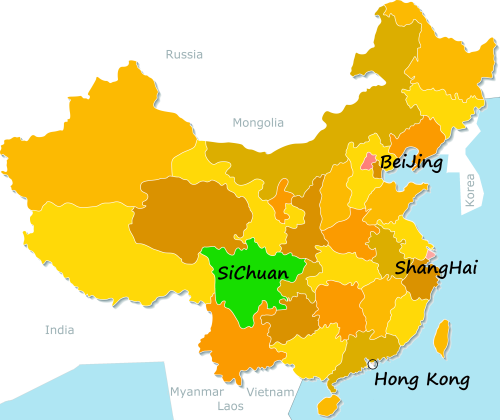
 The extraordinary Emei Shan, SiChuan province
The extraordinary Emei Shan, SiChuan province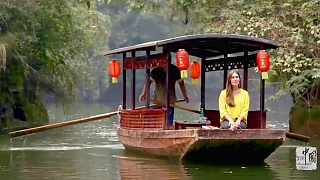
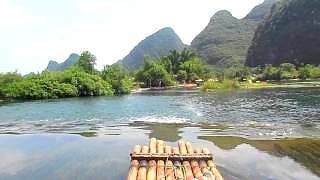

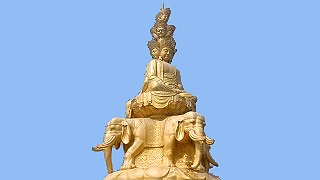

![[xvideo v=QRafITNPXIE][xvideo v=JKkr9qgsRNc] Awesome SiChuan 四川 province](https://img.youtube.com/vi/fZ3NVtIeYW0/mqdefault.jpg)



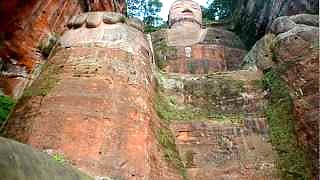
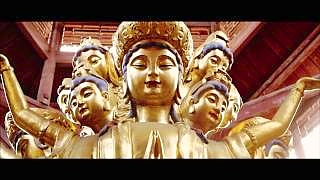
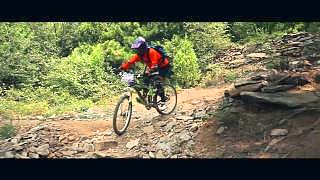
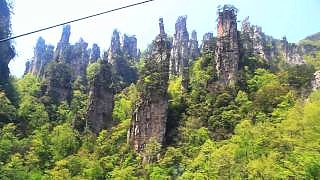

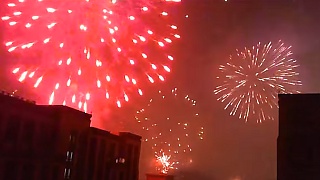
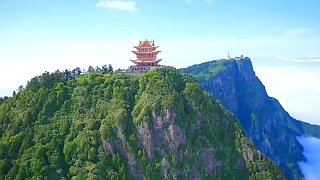





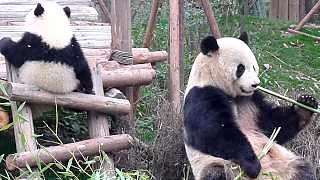


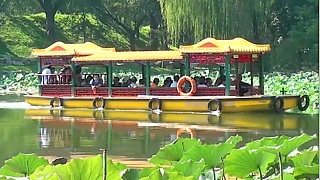

![A new collection of songs / auditions from the wonderful Voice of China. With 2017 (series 4) judges Wang Feng, Na Ying, Harlem Yu and Jay Chou; plus a few songs from series 2 and 3 ... 00:01 The Voice of China 4 Trailer (Wang Feng, Na Ying, Harlem Yu & Jay Chou) 01:38 Chen Bing (陈冰) - `盛夏光年` (Eternal Summer) [S03] 04:45 Bek (别日克) - `Volare` [S04] 08:08 Zhou Shen (周深) - `欢颜` (Your Smiling Face) [S03] 11:34 Zhang Dandan (张丹丹) - `爱是一颗幸福的子弹` (Love Is A Happy Bullet) [S03] 15:00 Lin Yan (林燕) - `别来纠缠我` (Don`t Pester Me) [S04] 18:39 Zhang Xin (张新) - `Fallin`` [S02] 21:14 Zhu Ke (朱克) - `离不开你` (Can`t Leave You) [S02] 24:08 Saya Chang (张惠春) - `怎么说我不爱你` (How Can You Say I Don`t Love You) [S04] 27:31 Li Zhixian (李致贤) & Chyi Chin (齐秦) - `火柴天堂` (Matchstick Heaven) [S03] 29:35 Bei Bei (贝贝) - `花火` (Fireworks) [S04] *** BeijingBuzzz Top Choice 33:16 Will Jay (刘伟男) - `Lemon Tree` [S04] 37:03 Rocky Chan (陈乐基) - `月半小夜曲` (Half Moon Serenade) [S03] 40:35 Jóhannes Koo (古振邦) - `Say Something` [S04] 44:27 Abigail Garza (李安安) - `I Surrender` [S04] 48:39 Lotus Zhang (张姝) - `一起摇摆` (Let`s Rock) [S04] 52:26 Zhao Han (赵晗) - `煎熬` (Torment) [S02] 55:52 Cui Tianqi (崔天琪) - `Mad World` [S02] 58:59 Li Wenhui (李文慧) - `Yellow` [S04] 1:03:04 Tan Xuanyuan (谭轩辕) - `Sill Loving You` [S04] 1:06:24 Zhang Jingyi (张婧懿) - `玫瑰` (Rose) [S03] 1:09:47 Yao Beina (姚贝娜) - `也许明天` (Maybe Tomorrow) [S02], July 2013 ### 1:13:11 Taskyn (塔斯肯) - `Dudarai` (Дударай) [S02] ### Yao Beina (aka Bella Yao), 姚贝娜, 26 September 1981 – 16 January 2015 (aged 33; breast cancer). Among much more, she sang in the CCTV Spring Festival Gala twice, and the pop version of Let It Go in the Disney film Frozen for the Mandarin Chinese dub when the film was released in China. Read more ... It`s been a while, but here is over 2 hours of great music. Voice of China music feast](https://img.youtube.com/vi/lTQX1oPHw_g/mqdefault.jpg)
